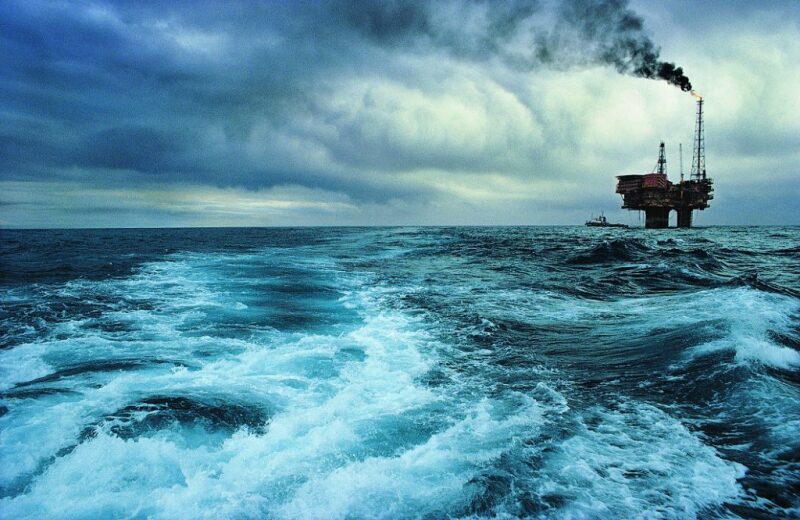The North Sea Transition Authority (NSTA) unveiled its latest emissions reduction plan this week, setting new expectations for offshore oil and gas operators in the UK.
Slated to take effect on 1 June, after a public comment period, the new rules will force operators to adopt electrification while mitigating flaring and venting, failing which, they risk losing their operating licenses in UK territorial waters.
The UK’s chief oil and gas industry regulator said in its announcement that the plan “makes it clear that for production to continue in the North Sea, it must also continue to become cleaner.”
The NSTA highlighted that since 2018, the industry has achieved a nearly 25% reduction in production-related emissions and a 50% decrease in flaring volumes.
However, it also pointed out that the offshore industry contributes to 3% of the UK's total emissions, with power generation systems for facility operations accounting for nearly 80% of this figure. Hence, among the key mandates from the NSTA is for offshore facilities in the UK North Sea to become electrified.
If the regulator considers the cost of electrification reasonable and yet it is not implemented, this could lead to the refusal of field development permits and other measures that would restrict production activities at those assets.
The NTSA said in making such decisions it will balance the financial implications of electrification—which can take years to implement—against the anticipated emissions reduction and the value of the asset's remaining reserves.
For new developments aiming for production by 2030, including satellite tieback projects, full electrification or alternative low-carbon power usage is to become mandatory. Existing projects or those coming online prior to 2030, with the exclusion of tiebacks, must be "electrification ready" upon commencing production, which means they must be equipped for full or partial electrification once power sources are available.
In its best-case scenario, the NTSA believes its push for offshore electrification could lead to an abatement of 1 to 2 million metric tons of greenhouse gas emissions by 2030, or the equivalent of taking a million cars off UK roads for a year.
The NTSA is also considering plans to shut down some low-producing, high-emitting facilities. These platforms will be monitored for a period, and following discussions with the operator, the NTSA said it may order a date for the cessation of production at the highest emitters.
“The NSTA recognizes that to secure production while reducing emissions overall, it is crucial to look at trade-offs between installations. Closing some low-producing, high-polluting installations earlier could allow higher-producing and cleaner new assets to come online while still reducing overall [UK Continental Shelf] level emissions,” the government authority said in a statement.
The NSTA's threshold for retiring existing production facilities targets those with greenhouse gas emissions exceeding 50% of the average UK offshore emissions intensity, and which are planned to continue operating past the beginning of 2030.
Exceptions are to include tieback wells that lower the overall intensity of an existing site along with those where active measures are taken to lower the facility’s emissions below the threshold.
The NSTA also reported that flaring accounts for approximately 15% of the oil and gas emissions in the UK North Sea, a practice it aims to eliminate. The regulator is therefore requiring zero routine flaring and venting at all new facilities and said the rule will apply to all existing facilities by 2030.
The announcement follows a workshop on electrification hosted by the NSTA in Aberdeen just a month prior, where operators discussed the difficulties of retrofitting existing facilities to comply with the new standards.
Moreover, an independent report by the Offshore Energies UK trade group, which is supportive of electrification efforts, forecasts that two-thirds of the UK’s nearly 280 offshore platforms are expected to halt production by the decade's end due to natural declines.
More on the newly proposed regulations can be found here.


